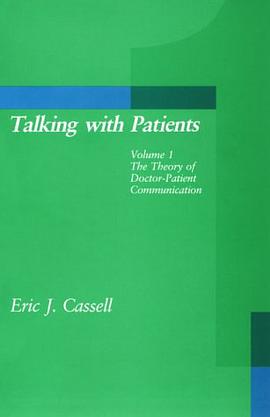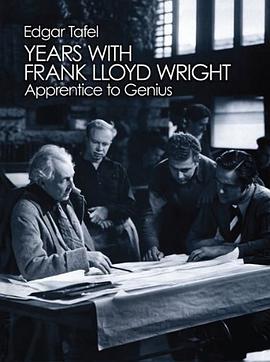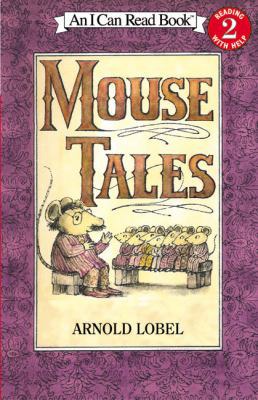

具体描述
Spoken language is the most important diagnostic and therapeutic tool in medicine, and, according to Dr. Cassell, "we must be as precise with it as a surgeon with a scalpel." In these two volumes, he analyzes doctor-patient communication and shows how doctors can use language for the maximum benefit of their patients. Throughout, Dr. Cassell stresses that patients are complex, changing, psychological, social and physical beings whose illnesses are well represented by their own communication. He proposes that both listening and speaking are arts that can be learned best when they are based on the way that spoken language functions in medicine.Accordingly, Volume I focuses on the workings of spoken language in the clinical setting. It analyzes such important aspects of speech as paralanguage (non-word phenomenon like pause, pitch, and speech rate), how patients describe themselves and their illnesses, the logic of conversation, and the levels of meanings of words.Volume II is a practical, detailed, how to guide that demonstrates the process of history taking and how the doctor can learn the most from the information that the patient has to offer. His arguments are amply illustrated in both volumes by transcripts of real interactions between patients and their doctors.Eric J. Cassell, M.D., an internist and clinical director of the Program for the Study of Ethics and Values in Medicine at Cornell Medical School, is widely recognized in the medical field for his contributions to communications in medicine and for his writings on ethics. Talking With Patients is the result of more than ten years of research. His first book, The Healer's Art, has achieved the status of an underground classic.
作者简介
目录信息
读后感
评分
评分
评分
评分
用户评价
相关图书
本站所有内容均为互联网搜索引擎提供的公开搜索信息,本站不存储任何数据与内容,任何内容与数据均与本站无关,如有需要请联系相关搜索引擎包括但不限于百度,google,bing,sogou 等
© 2026 book.quotespace.org All Rights Reserved. 小美书屋 版权所有




















